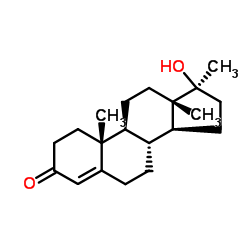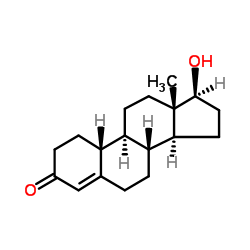| Structure | Name/CAS No. | Articles |
|---|---|---|
 |
Chloroform
CAS:67-66-3 |
|
 |
Acetone
CAS:67-64-1 |
|
 |
N-hexane
CAS:110-54-3 |
|
 |
Acetonitrile
CAS:75-05-8 |
|
 |
Methanol
CAS:67-56-1 |
|
 |
17-Methyltestosterone
CAS:58-18-4 |
|
 |
Nandrolone
CAS:434-22-0 |